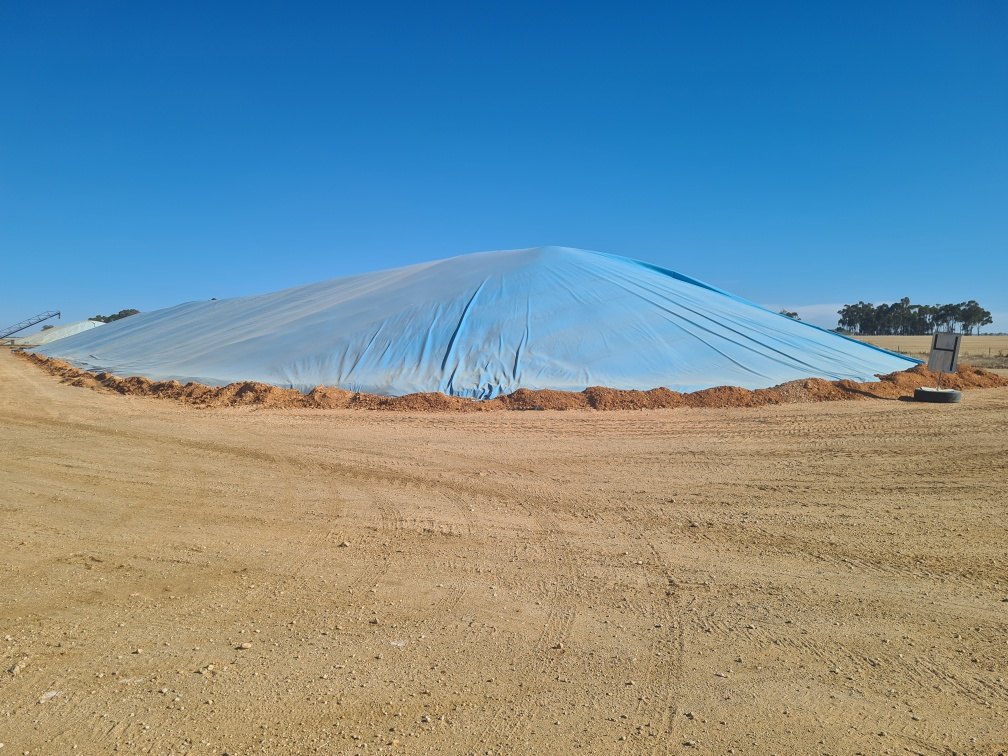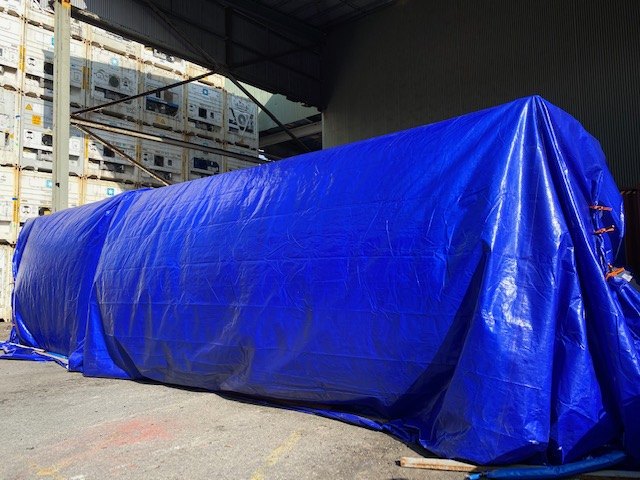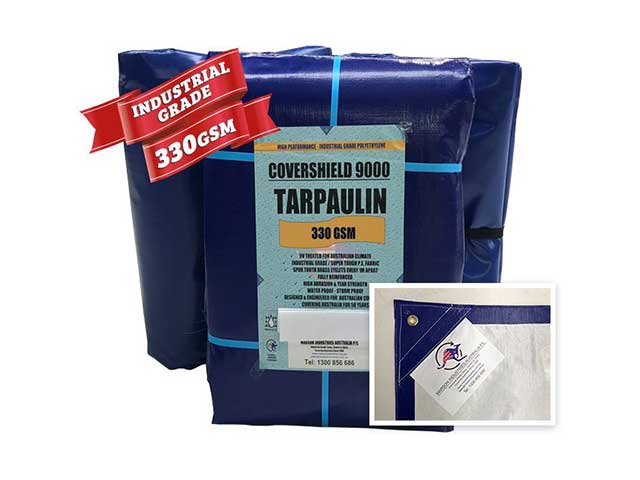Tarps, Covers & Liners. Industrial Textile Fabrication.
Chemicals are stored in tanks and large sized containers, which can always be vulnerable to accidents that can cause the chemical to exit the container. These spills are often quite hazardous, as the nature of the chemicals stored can be dangerous. These accidents can come from the containers becoming structurally weak, developing leaks, chemical reactions, fire, explosions or a number of other reasons.
It them becomes necessary to see that the chemicals are then contained in a definite space, from where it is possible to evacuate the chemicals, render them harmless, or recover them for further use.
This recovery and containment is made possible through the construction of containment bunds all around the container. Chemicals are often corrosive and that is why it becomes necessary to be aware of the facts about chemical bund liners before any work is undertaken to construct such bunds. Bund lining provides the best solution for containment of chemicals.
Bunds are normally used for containment of chemicals on a large scale, whereas in the case where volumes of likely spilling of chemicals is small, it may be more economical to go in for resin coated floor systems on the expected catchment of such spills.
Industries that store large volumes of chemicals are required by law in most countries to have a proper system of bunds around storage facilities. The areas of these storage and their heights must be such that all the stored liquid from one or more tanks can be contained within that area and not allow them to spill over. In most cases, these bunds are made out of concrete or other material that is impervious.
Certain chemicals are still dangerous to concrete and can even cause it to deteriorate and hence destroy the efficacy of the containment. That is why it them becomes necessary to use bund liners that are resistant to the chemicals that can spill into these containment areas.
It is very important before you decide to use any liners for the bunds constructed around tanks or tank farms that you be aware of all the facts about chemical bund liners, and their requirement for them to work as they are required to. You must have details of the chemical and physical properties of the chemicals being stored, and their likely reactions on exposure to air and water, when they spill out from containers.
This then allows you to judge the best liner which will do its job as required. Most chemical bund liners are made of PVC or other chemically altered material, which have the capacity to resist the action from specific chemicals. You can also use epoxy based coatings to serve as chemical liners for containment bunds.
Liners used for this work can come in sheets of definite widths, and in most cases for large areas, this will need the liners to be laid in overlapping fashion and the joints between adjacent strips to be properly sealed. This can be with the use of heat or sealants or both. Once such work is completed it becomes necessary to check the contained area for leaks, by flooding it with water and observing it over a period of time.
A major problem in ensuring water tightness can come from drains and outlets, which are needed within these bunds. Most of these containment bunds are in open areas and thus exposed to rain and the elements.
Care has to be taken to see that the water is cleared from the bunds, so that the volume available for spills is not reduced. This is ensured by a system of valves that allow the rain water to be drained away after a spell of rain. Managements of tank farms need to have very strict protocols that govern the opening and closing of such valves, so that the ultimate goal of containing chemicals is never lost.
The outlets for this water are often weak points in any lining and special care has to be taken to see that lining around them is effective.
Costs can be quite daunting for providing containment bunds and the required chemical liners and when you are looking at facts about chemical bund liners, you need to keep this very much in mind. Modern day technologies in resins have addressed this aspect very well, and have led to the rise of coatings to replace the physical laying of films, which were the earlier solutions always looked at.
A great advantage with such resin coatings is that they can be laid without having to worry about joints or sealing, and their method of application by spraying makes it an easy job to undertake.
Care has to be taken to see that the resins used are adequately resistant to the chemicals being stored. They must also be able to resist any likely foot movement, though in the case of most tank farms, care is taken to see that there are definite fixed walkways to assist movement over the bunds and through to the tanks for any maintenance work.
Share this post




